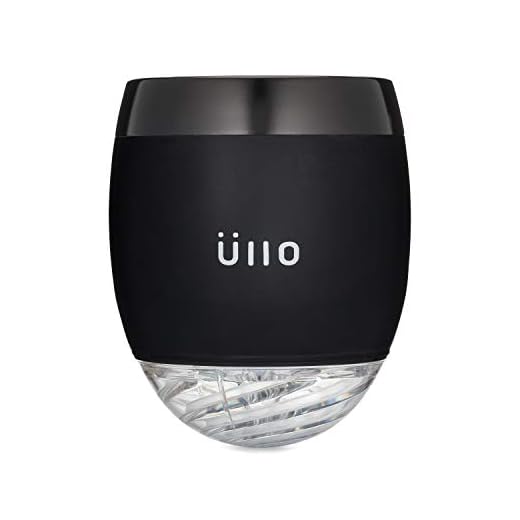


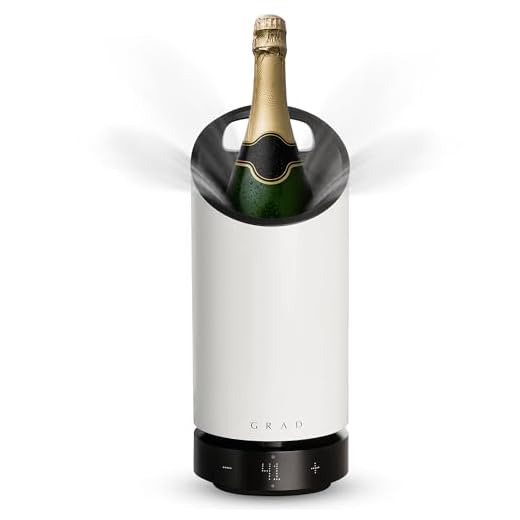
Serving dark varietals at a slightly cooler temperature can enhance their complexity and balance. Aim for a range of 55°F to 65°F (13°C to 18°C) for the best experience. This temperature allows the rich flavors to unfold while softening tannins, creating a more enjoyable tasting experience.
To achieve the desired temperature, consider placing the bottle in the refrigerator for about 15-30 minutes prior to serving. This method helps maintain the ideal chill without overcooling, preserving the wine’s character. Alternatively, a wine bucket filled with ice and water can provide a quick and effective way to adjust the temperature.
It’s essential to note that serving dark varietals too warm can emphasize bitterness and mask the wine’s intricate aromas. By following these guidelines, you can unlock the full potential of your chosen bottle, allowing its true personality to shine through with every sip.
Optimal Serving Temperature for Red Wine
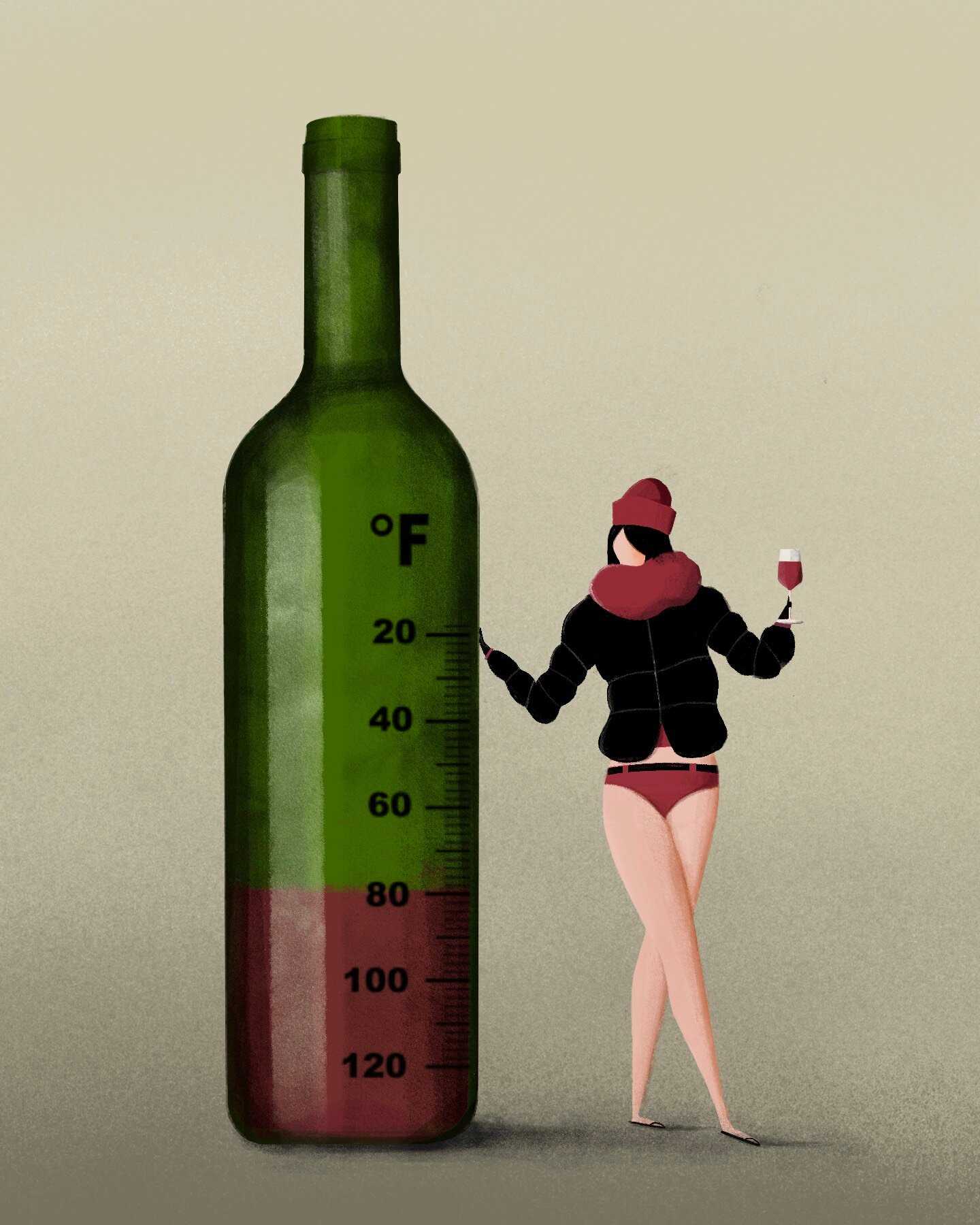
The ideal range for serving a robust beverage is between 60°F and 65°F (15°C to 18°C). This temperature enhances the flavors and aromas, allowing for a more enjoyable tasting experience. Avoid serving at room temperature, which can often exceed 70°F (21°C), leading to a loss of complexity and an overly alcoholic perception.
Light-bodied Varieties
For lighter options, such as Pinot Noir or Gamay, aim for a cooler temperature, around 55°F to 60°F (13°C to 15°C). This slight chill helps to accentuate their delicate fruit notes and refreshing qualities.
Full-bodied Selections
In contrast, bolder choices like Cabernet Sauvignon or Syrah can benefit from being served slightly warmer, closer to 65°F (18°C). This allows the deeper characteristics and tannins to express themselves fully, providing a richer experience on the palate.
Types of Red Wine That Benefit from Chilling
Light-bodied varieties often thrive when served at cooler temperatures. Pinot Noir, for example, showcases its delicate fruit flavors and earthy undertones best when slightly chilled, ideally between 55°F and 60°F (13°C to 16°C).
Key Varietals
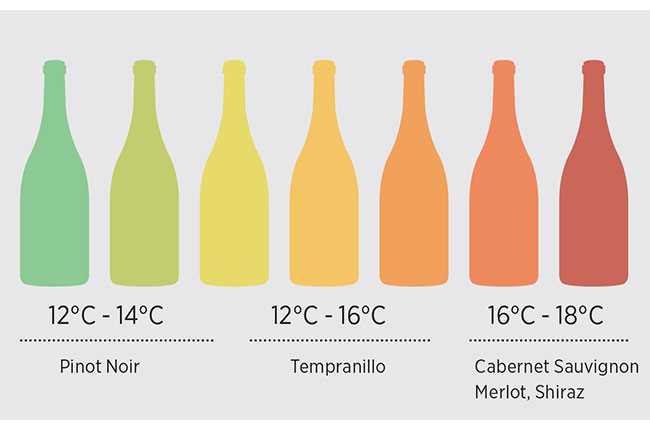
Here are some specific types that enhance their characteristics with a touch of coolness:
| Varietal | Optimal Temperature (°F) | Flavor Profile |
|---|---|---|
| Gamay | 50°F – 55°F | Bright red fruits, floral notes |
| Grenache | 55°F – 60°F | Raspberry, strawberry, subtle spice |
| Barbera | 55°F – 60°F | Cherry, plum, and a hint of acidity |
| Dolcetto | 55°F – 60°F | Black cherry, almond, low tannins |
| Frappato | 50°F – 55°F | Red fruits, floral, aromatic |
Conclusion
Experimenting with these selections at lower temperatures can reveal new dimensions in flavor and aroma. By serving certain lighter styles cool, one can enjoy a refreshing and satisfying experience that highlights their unique qualities.
How to Properly Chill Red Wine
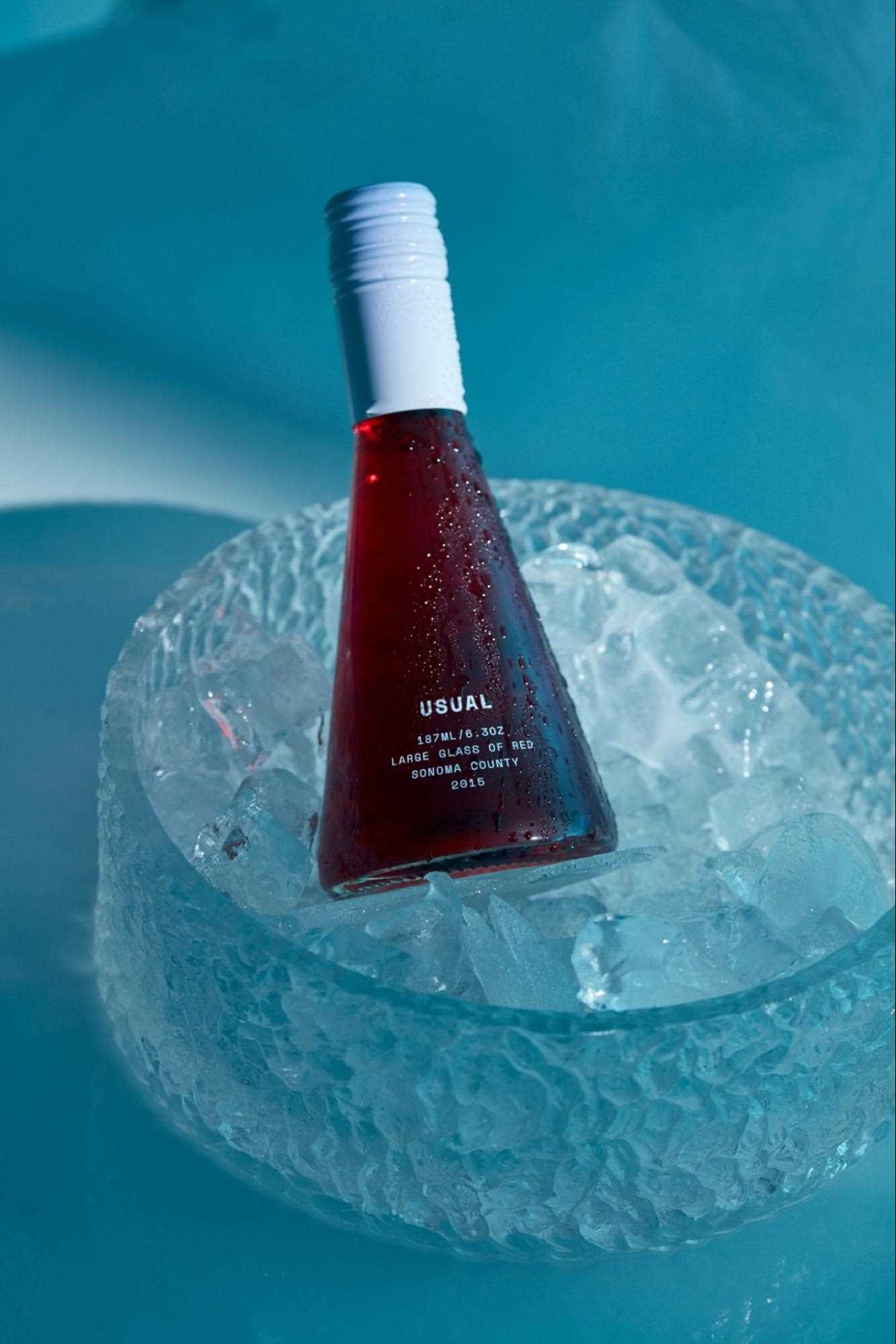
Place your bottle in a bucket filled with ice and water for approximately 15-20 minutes to achieve the ideal temperature quickly. This method allows for even cooling, ensuring the liquid reaches a refreshing state without risking over-chilling.
Alternatively, for a more gradual approach, set the bottle in the refrigerator for 30-45 minutes. This method is effective for those who prefer a slower cooling process or wish to maintain the integrity of the flavors while achieving a slightly lower temperature.
Consider these steps for optimal results:
- Use a wine thermometer to monitor the temperature closely.
- Avoid placing the bottle in the freezer, as this can lead to an uneven chill and possible freezing of the liquid.
- For outdoor gatherings, prepare an ice bath with half ice and half water in a cooler to maintain the desired temperature throughout the event.
Be mindful of the serving vessels. Glasses can also benefit from a brief chill in the fridge, enhancing the overall experience. This ensures that the beverage remains at a pleasant temperature longer while being enjoyed.
Effects of Chilling on Flavor Profiles
Lowering the temperature of certain varieties can enhance freshness and acidity, making them more lively on the palate. This is particularly true for lighter-bodied selections, where cooling can bring out floral and fruity notes that might otherwise be overshadowed by heavier tannins.
When served at a cooler temperature, complex flavors can become more pronounced. For instance, a slight chill can help to soften aggressive tannins in bold varieties, allowing the underlying fruit characteristics to shine. In some cases, such as with young, fruity blends, cooling can even reduce any overwhelming heat from alcohol, providing a more balanced experience.
Conversely, excessive cooling may mute the expression of certain aromas and flavors. Richer selections with intricate profiles, such as those aged in oak, may lose their depth and nuance if served too cold. It is essential to find a balance, ensuring that the unique qualities of the wine are preserved while still benefiting from a refreshing temperature.
In summary, adjusting the temperature can significantly influence the tasting experience. Understanding how temperature affects flavor allows for a more tailored approach to enjoying various selections, ensuring that each sip is optimized for pleasure.
Common Myths About Chilling Red Wine
One prevalent misconception is that all varieties benefit from a low temperature. In reality, many full-bodied options are best served at slightly warmer levels to express their complexity. Another myth is that chilling affects taste negatively. When done correctly, it can enhance certain flavor notes, especially in lighter or fruit-forward selections.
Some believe that placing a bottle in the freezer is a quick fix. While this method can cool the liquid, it risks damaging the wine’s structure. Instead, opt for a proper chilling technique, such as an ice bath, which allows for an even temperature reduction without compromising quality.
A common notion is that chilling is unnecessary for reds. However, specific occasions, like warm weather gatherings, can make a slight cooling desirable. It’s also worth noting that personal preference plays a significant role; some enjoy their beverages colder than traditional serving guidelines suggest.
Lastly, there’s a belief that chilling can only be achieved with specialized equipment. In fact, simple tools like wine chillers or even a bucket filled with ice and water can yield excellent results. For those interested in capturing moments during wine experiences, check out the best apsc mirrorless camera for photography to document your journey.
When Not to Chill Red Wine
Serving certain varietals at cooler temperatures can mask their true character. Bold selections like Cabernet Sauvignon, Syrah, and Malbec thrive at higher degrees, where their complex aromas and rich flavors are fully expressed. Aim for 60-65°F for these robust options.
Wines with high tannins may also suffer from excessive cooling. Lower temperatures can make tannins feel harsher, disrupting the balance of the wine. It’s best to allow these varieties to breathe at warmer temperatures to soften their edge.
Additionally, older vintages, particularly those with delicate and nuanced profiles, should remain at room temperature. Chilling can mute their intricate layers and subtle notes, leading to a less enjoyable experience.
Lastly, avoid chilling wines intended for immediate consumption, such as lighter-bodied and fruit-forward selections. These wines often benefit from a slightly warmer serving temperature to highlight their fresh and vibrant characteristics. Keep these guidelines in mind to ensure a rewarding tasting experience.
Recommended Chilling Techniques for Home Use
For optimal results, consider these methods to achieve the right temperature for your favorite varietals:
- Ice Bucket Method: Fill a bucket with equal parts ice and water. Submerge the bottle, allowing it to chill for about 15-20 minutes. This method provides an even temperature and is quick.
- Freezer Quick Chill: Place the bottle in the freezer for 10-15 minutes. Avoid leaving it for too long to prevent freezing. Wrap the bottle in a damp cloth to enhance cooling efficiency.
- Wine Fridge: If you have a dedicated wine fridge, adjust the temperature setting to around 55°F (13°C) for a controlled environment that maintains ideal serving conditions.
- Cold Water Bath: For a gentler approach, immerse the bottle in a cold water bath with a few ice cubes. This technique allows for a slower chill, preserving the wine’s integrity.
- Pre-Chilling Glassware: If you plan to serve soon, pre-chill the glasses in the freezer or fridge. This step helps maintain the desired temperature longer after pouring.
Implement these strategies to enhance your tasting experience. Adjust based on personal preference and specific varietals to find what works best for you.









